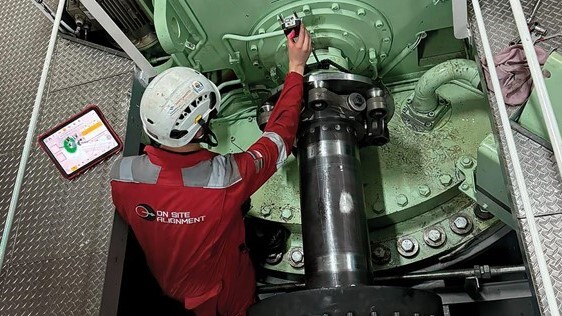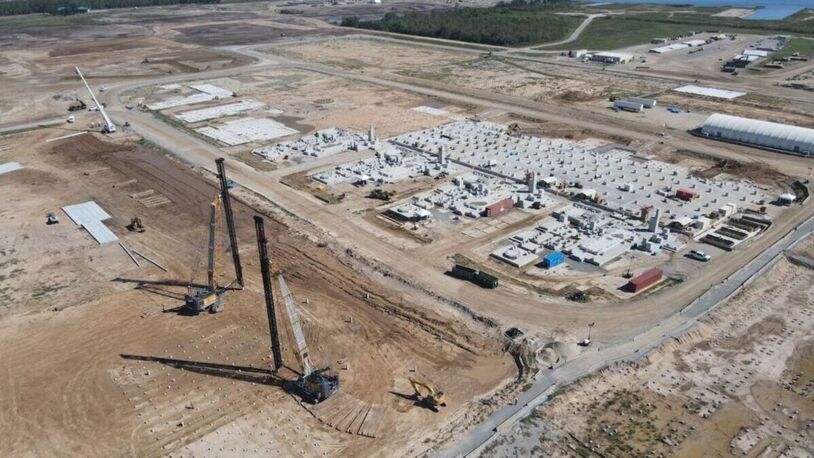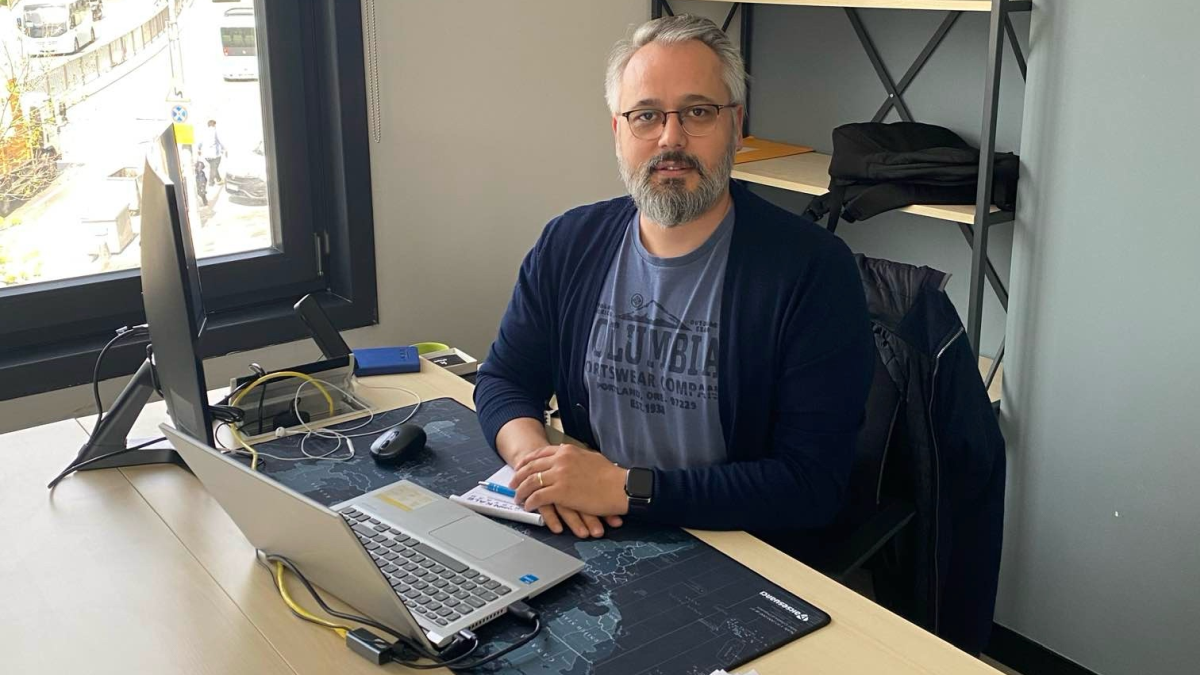Business Sectors
Events
Contents
Excelerate with LNG in Puerto Rico
In December 2011 Excelerate Energy signed an agreement with the Puerto Rico Electric Power Authority (PREPA) under which it will provide a floating offshore LNG regasification facility for positioning off Puerto Rico’s southern coast.
The installation, the island’s second LNG receiving terminal, will be named Aguirre Offshore GasPort and will provide fuel for the Central Aguirre power plant, Puerto Rico’s largest. The latter facility has already converted 600MW of its available 1,500MW to be able to utilise natural gas instead of heavy fuel oil and has plans to convert the remaining 900MW to gas operation prior to the planned completion of the Aguirre GasPort in September 2014.
To meet its commitment Excelerate will position one of its 150,900m3 LNG regasification vessels (LNGRVs) at a dedicated fixed platform facility approximately four miles (6.5km) offshore near the towns of Salinas and Guayama. The facility will operate on a year-round basis and feed the equivalent of up to 3.7 million tonnes per annum of LNG into the power plant. Aguirre GasPort will be Excelerate Energy’s seventh floating LNGRV-based import terminal.
PREPA’s power plants and distribution facilities have an aggregate electricity-generating capacity of approximately 4,400MW and supply 99 per cent of the power consumed on the island of Puerto Rico. The company, a public corporation, has considered several alternative ways of providing the Central Aguirre power plant with gas, including pipeline deliveries from the island’s existing EcoEléctrica LNG import terminal in Peñuelas and a shore-based LNG receiving facility in the Aguirre region.
However, faced with the serious challenges posed by these alternatives and recognising the numerous advantages offered by a floating LNG receiving terminal approach, PREPA has opted for Excelerate’s proposed GasPort solution for the Aguirre project.
In GasPort arrangements Excelerate LNGRVs are moored at a dedicated berth from where regasified LNG can be directed ashore via jetty-mounted high-pressure gas unloading arms and suitable pipeline connections. The LNGRV receives its LNG supply from a conventional LNG carrier. LNG can be discharged from the delivery tanker to the LNGRV either across jetties using conventional cryogenic loading arms or via direct ship-to-ship (STS) transfers using flexible cryogenic hoses.
The berth and LNG transfer configuration for the proposed Aguirre Offshore GasPort, as well as the berth site in sheltered waters four miles offshore, were chosen after a careful study of the alternatives. The Aguirre terminal is to comprise a fixed platform with a berth on each side. The LNGRV will be moored on one of the berths and the shuttle delivery tankers will moor at the second berth to deliver their cargoes across the platform to the LNGRV.
The location of the facility relatively close to the power plant has helped minimise the length of pipeline connections while it is far enough from population centres and other facilities to enable the maintenance of the recommended exclusion zones around the operation. Also the site is close enough to the main shipping lanes to obviate the need for tricky navigational approaches yet far enough removed to keep the risk posed by passing traffic at a low level.
Each of the two berths at the platform will be provided with its own set of LNG loading arms to effect the transfer of cargoes between vessels via cross-platform connecting lines. The LNGRV berth will also be provided with a high-pressure gas arm to handle the discharge of regasified LNG ashore via a subsea line. The delivery tanker berth will be able to accommodate LNG carriers up to the Q-flex size of 216,000m3.
When operating at full capacity, Aguirre Offshore GasPort will be accepting one LNGC cargo every two weeks. Amongst other things the switch from oil to gas for the power plant will bring a reduction in oil barge traffic in Jobos Bay of up to 90 per cent, to under two deliveries per month. PREPA wants to keep some oil in storage at Aguirre as an emergency backup.
The proposed Aguirre GasPort will require authorisation from the US Federal Energy Regulatory Commission (FERC) and be subject to a full public environmental review and analysis under the National Environmental Policy Act (NEPA). The facility is expected to be in service in September 2014 and PREPA will be seeking to finalise a gas supply contract by the end of this year.
Excelerate Energy has a fleet of eight LNGRVs in service and is involved with floating receiving terminal projects in Argentina, Kuwait, Brazil, the US and the UK. All but the US scheme are Excelerate GasPort schemes. The US project is an Excelerate Gateway arrangement in which regasified LNG is pumped ashore from an offshore location via submerged turret loading buoys and a subsea pipeline.
In other new developments the company is currently constructing a 173,400m3 floating storage and regasification unit (FSRU), the world’s largest such vessel, for Petrobras in Brazil. The FSRU is scheduled for delivery by Daewoo Shipbuilding & Marine Engineering in May 2014 and will go into service in Guanabara Bay near Rio de Janeiro on completion. Reflecting the fact that LNGRVs and FSRUs are effectively the same type of vessel and fulfil the same role, Guanabara Bay will be a GasPort operation.
Also in December 2011 Excelerate completed its 200th commercial ship-to-ship (STS) transfer of LNG. The operation, between the conventional LNG carrier Excel and the LNGRV Exemplar, took place at the Escobar LNG import facility on the River Plate in Argentina and involved the transfer of 58,230m3 of LNG using cryogenic hoses while the vessels were moored side-by-side.
A measure of the pace at which operations of this type are accelerating is given by the fact that the company’s 100th STS transfer milestone was achieved only in March 2011. Excelerate introduced commercial STS operations for the LNG industry in 2005.
A month before the 200th STS transfer took place Excelerate was awarded the 2011 CWC LNG Technological Innovation Award for its pioneering efforts in STS transfers of LNG. LNG
Related to this Story
Women in Maritime Today: Elin Saltkjel says no day working in maritime is dull
Events
Maritime Environmental Protection Webinar Week
Cyber & Vessel Security Webinar Week
The illusion of safety: what we're getting wrong about crews, tech, and fatigue
Responsible Ship Recycling Forum 2025
© 2024 Riviera Maritime Media Ltd.













